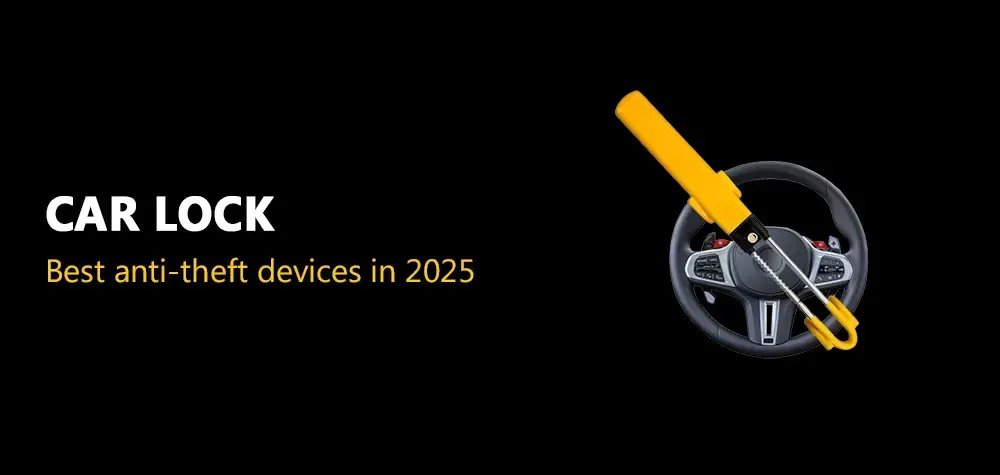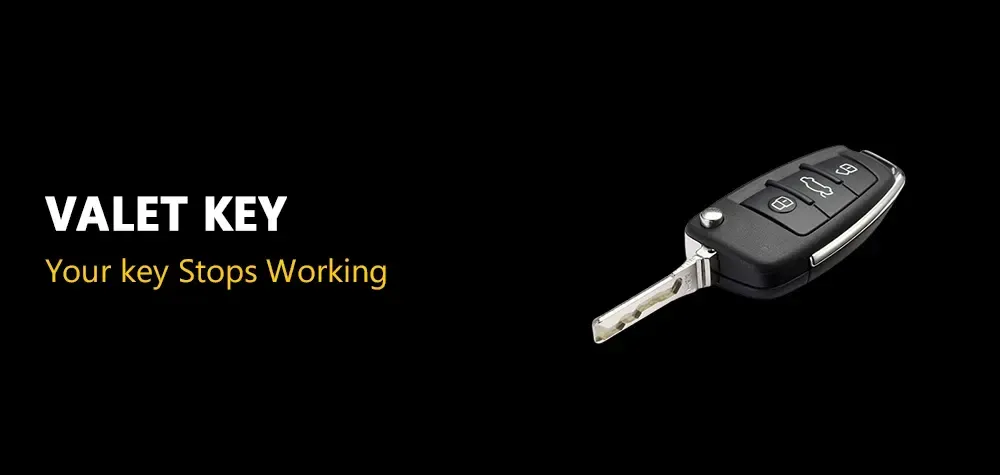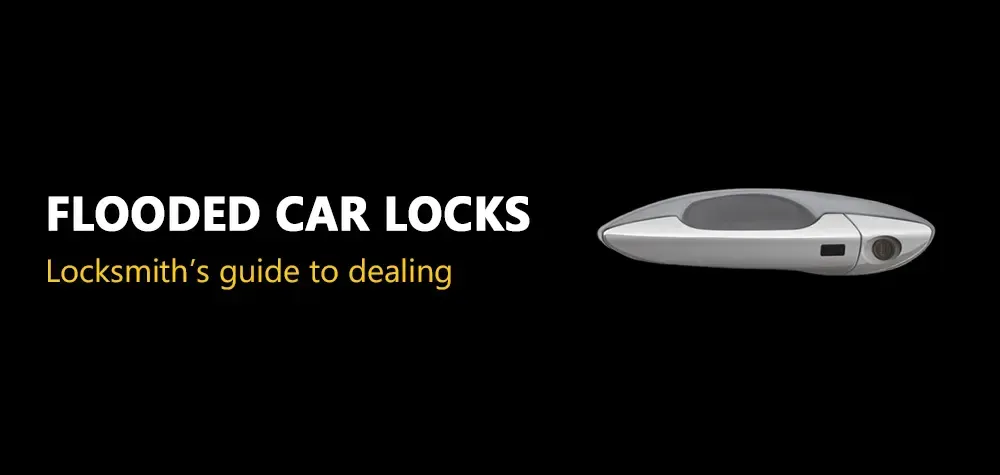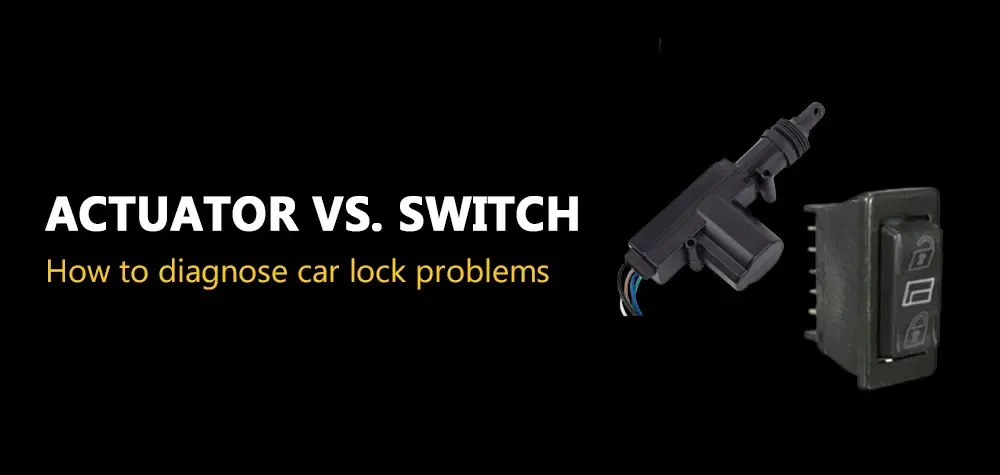How to Open a Commercial Master Lock Without a Key: An In-Depth Guide
Losing the key to a commercial master lock can be frustrating, especially when time is of the essence. Whether you've misplaced the key or need access to a locked area urgently, knowing how to open a commercial master lock without a key can be a valuable skill. In this guide, we'll explore various methods to open a master lock, from simple techniques to more advanced tools. However, always remember to use these methods responsibly and legally.
Understanding Commercial Master Locks
Before diving into the methods of opening a master lock without a key, it's essential to understand the mechanics of these locks. Commercial master locks are designed with high-security features to protect valuable assets.
They typically include:
- Shackle: The U-shaped metal loop that secures the lock.
- Lock Body: The main body containing the locking mechanism.
- Pin Tumbler Mechanism: A series of pins inside the lock that need to align correctly to open.
These locks are known for their durability and resistance to tampering, which is why businesses rely on them. However, with the right knowledge, it's possible to bypass the locking mechanism without a key.
Method 1: Using a Shim
One of the simplest ways to open a commercial master lock without a key is by using a shim. A shim is a thin piece of metal or plastic that can be inserted into the gap between the shackle and the lock body.
Steps:
- Create a Shim: You can make a shim using a soda can or buy a pre-made one. Cut the can into a rectangular piece and fold it into a V-shape.
- Insert the Shim: Insert the shim into the gap where the shackle meets the lock body. Push it in until it contacts the locking mechanism.
- Release the Shackle: Push the shim further in while pulling on the shackle. The shim should push the locking pins out of the way, allowing the shackle to release.
Method 2: Lock Picking
Lock picking is an advanced technique that requires practice and the right tools, such as a tension wrench and a lock pick.
Steps:
- Insert the Tension Wrench: Place the tension wrench into the bottom of the keyway and apply slight pressure in the direction the key would turn.
- Insert the Pick: Insert the lock pick above the tension wrench and begin to feel for the pins inside the lock.
- Set the Pins: Gently push each pin up until you feel it set. The tension wrench should hold the pins in place as you work.
- Turn the Lock: Once all the pins are set, the lock should turn and open.
Method 3: Using a Bolt Cutter
For those who need a quick solution and have no concerns about damaging the lock, a bolt cutter can be used to cut through the shackle.
Steps:
- Position the Bolt Cutter: Place the bolt cutter blades around the shackle of the lock.
- Cut the Shackle: Apply pressure on the bolt cutter handles to cut through the shackle.
- Remove the Lock: Once the shackle is cut, you can remove the lock easily.
Method 4: Drill the Lock
Drilling the lock is a last-resort method as it will destroy the lock. This method should only be used when all other options have failed.
Steps:
- Select a Drill Bit: Choose a drill bit slightly smaller than the keyway.
- Drill the Lock: Drill directly into the keyhole, aiming to destroy the pins inside.
- Turn the Lock: Once the pins are destroyed, you should be able to turn the lock with a screwdriver and open it.
Legal and Ethical Considerations
While knowing how to open a commercial master lock without a key can be helpful in emergencies, it's crucial to use this knowledge responsibly. Always ensure you have the legal right to open the lock, whether it's your property or you have permission from the owner. Unauthorized entry or tampering with locks can lead to legal consequences.
FAQs
Q: Is it legal to pick a lock without a key?
A: Lock picking is legal if you own the lock or have explicit permission from the owner. Unauthorized lock picking is illegal and can lead to criminal charges.
Q: Can I use these methods on any lock?
A: These methods are specifically for commercial master locks. Different locks may require different techniques or tools.
Q: What should I do if I can't open the lock?
A: If you're unable to open the lock, consider calling a professional locksmith. They have the expertise and tools to handle a wide range of lock issues.
Q: How can I prevent losing my keys in the future?
A: Consider using a key management system, duplicating keys, or upgrading to a digital lock system that doesn't require physical keys.
Conclusion
Opening a commercial master lock without a key is possible using various methods, from shimming and lock picking to drilling and using bolt cutters. While these techniques can be useful in emergencies, they should always be used legally and ethically. If you're unsure or uncomfortable with these methods, it's best to contact a professional locksmith for assistance.
Call Us Any Time!









